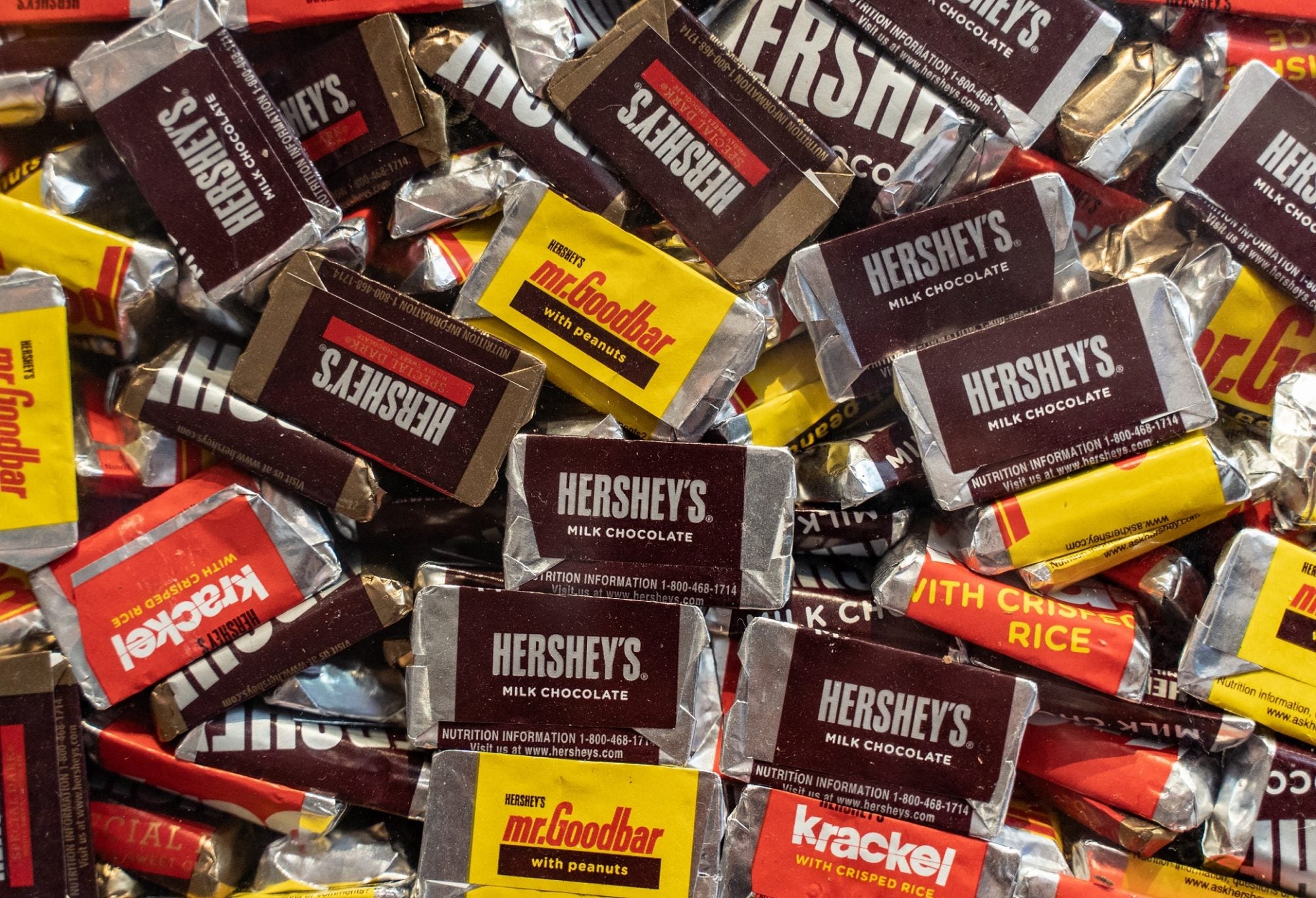
US confectionery major Hershey has upped its full-year revenue and profit forecasts as a result of consumer acceptance of its pricing actions.
Speaking to analysts after the release of its first-quarter results yesterday (27 April), CEO Michele Buck said: “We know snacks and candy continue to perform even better than broader food and elasticities in those categories have continued to remain pretty strong. And we do expect that we’ll continue to see strength in those elasticities.”
The Pennsylvania-based chocolate maker now expects full-year 2023 net sales to grow about 8%, compared to the previous forecast of 6-8%. It estimates adjusted profit per share to rise by 11%, compared with the prior forecast of 9%-11%.
At an investor day event last month, Hershey is planning to introduce a high-single-digit price increase on half of its confectionery portfolio at the end of May, but Buck said yesterday it is keeping a close eye on consumer sentiment.
“We know the consumers are being increasingly mindful about where they shop. They are looking for more affordable options. Whether it is the channels in which they are shopping, whether its private-label, whether it is deals and increased promotion. And we are constantly carefully monitoring those trends,” she said.
Hershey’s sales rose 12.1% year-on-year to $2.99bn in the first quarter, higher than analysts’ expectations of $2.91bn. Net income was up 10.9% at $587.2m.
Its figures were boosted by earlier shipments that were originally planned for the second quarter.
Buck said: “We had a great start to the year as our increased investments in the business and strong execution delivered resilient consumer demand and drove double-digit sales and earnings growth in the quarter.
“As we look to the balance of the year, we remain confident in our ability to deliver our financial goals and continue executing against our key commercial, supply chain and operational strategies to sustain our momentum into 2024 and beyond.”
Like many large food companies, Hershey has tried to recover the costs of supply chain inflation through pricing actions.
Asked about retailers pushing back against such moves, Buck said: “We always partner very closely with our retail customers to try and do what we believe is best to meet consumer demand and also to drive category growth, which is good for both of us. So we continue to have very collaborative discussions with our retailers relative to our pricing implementations.”
On supply chain costs pressure, Buck said the company had seen “some improvements” in freight and logistics costs.
Commenting on the results, John Baumgartner, an analyst with Mizuho Securities, described them as “another solid print from Hershey”.
He added: “Execution remains consistently solid and, until signs emerge that numbers are at downside risk, it’s hard to envision robust valuation cracking.”
Earlier this month. Hershey announced it had acquired two popcorn plants from Weaver Popcorn Manufacturing.
